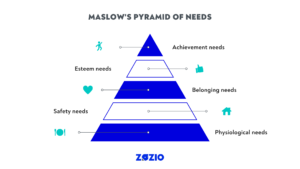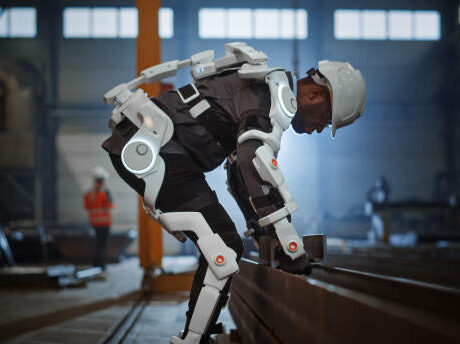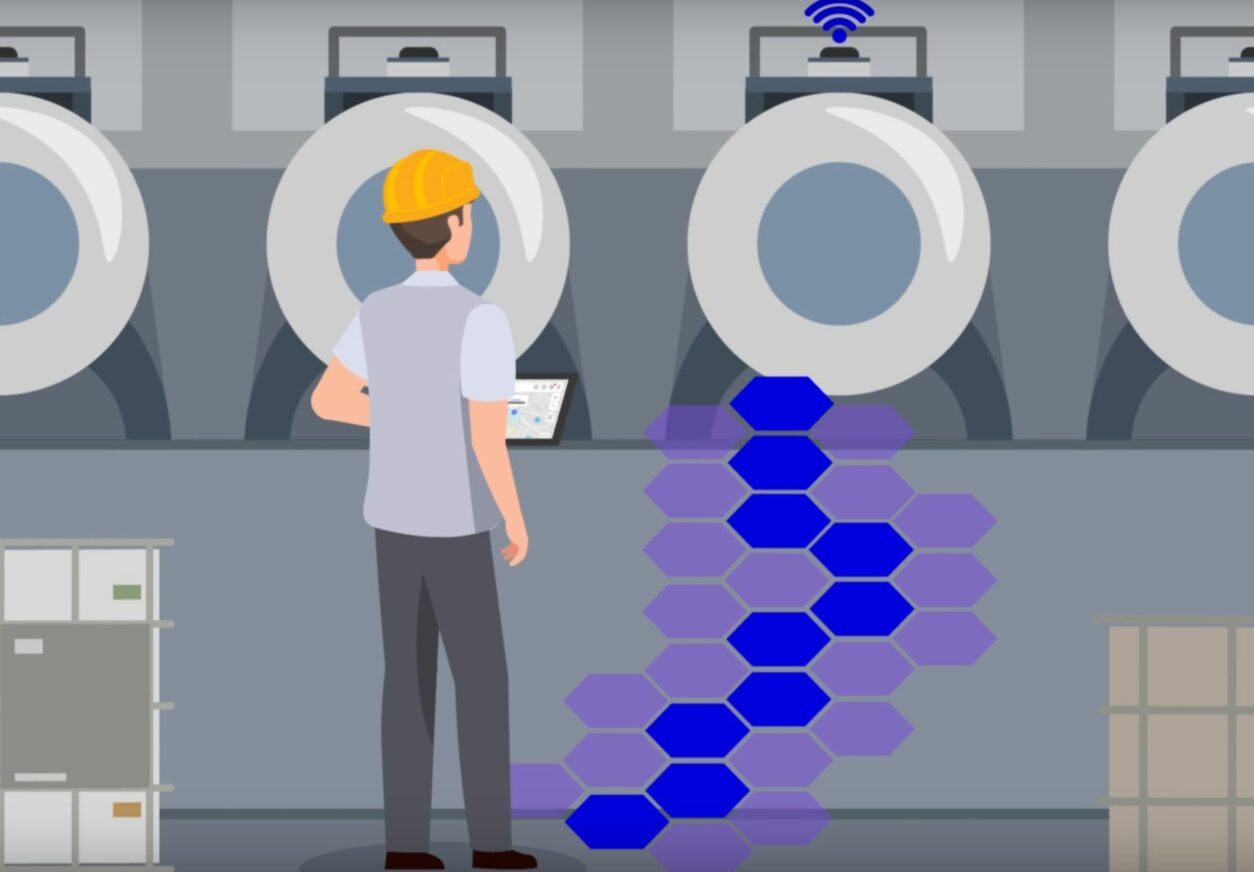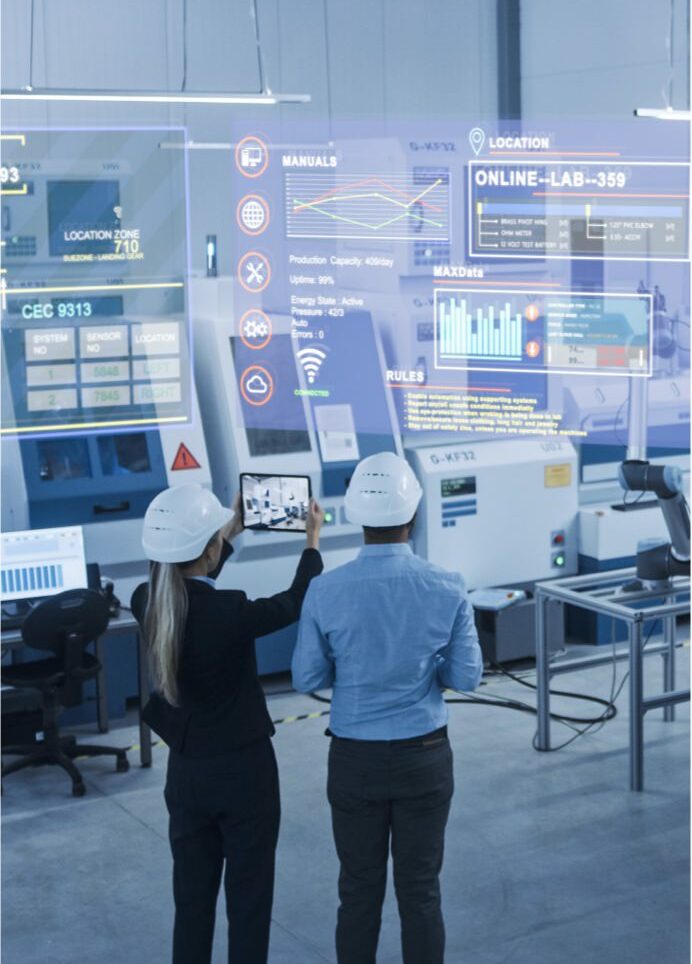The importance of improving working conditions in industry
The improvement of employees’ working conditions is one of the concerns of industry, and is part of the CSR themes. Corporate social responsibility takes working conditions into consideration as a factor that has a strong impact on the contribution of companies to sustainable development issues.
Quality of life and well-being at work effectively increase employee motivation tenfold and reduce absenteeism, which necessarily leads to an improvement in overall performance.
Maslow’s pyramid : identifying motivations at work
To identify the sources of this motivation, or de-motivation, we can use Maslow’s pyramid, which presents a hierarchy of basic needs. Behind each motivation, there are needs. These needs are arranged in a hierarchy in the pyramid : at the base, there are physiological needs, then upwards, the needs for security, the needs for belonging and affection, the needs for self-esteem and, at the very top, the needs for self-fulfilment.

De-motivation is due to a disappointment with one of these needs. To eliminate it, it is therefore necessary to identify the needs that are not being met, in order to change the working conditions accordingly.
In industry, employee dissatisfaction is generally due to
-
- An unsuitable and uncomfortable working environment,
- Physical strain and repetitive work pace.
For each of these, there are solutions.
How to create an adapted and comfortable working environment for employees?
Initial dissatisfaction with an unsuitable and uncomfortable working environment often calls for a review of the design project to provide employees with an ergonomically correct working environment, with good quality tools and suitable industrial equipment. For example, professional workbenches and improved workstations can be provided.
It is also essential to provide employees with a relaxation area, so that they can take a break and come back in a better mental and emotional state.
If you are planning significant changes, it is important to seek specialist advice.
How to reduce the pace of work and physical strain?
In order to reduce work stresses, it is possible to carry out a flow map. This mapping makes it possible to observe all the operations in the value chain in a simple way. By breaking down the process, it is possible to identify dysfunctions and thus generate work with greater added value.
Furthermore, to eliminate repetitive tasks, which are often the cause of musculoskeletal disorders, it is possible to adopt work automation.
This automation introduces many technologies that facilitate the work of operators, and which give rise to the concept of the augmented operator.
What is an augmented operator ?
The concept of the augmented operator refers to an operator whose daily life is made easier, more efficient and more autonomous, thanks to a range of technologies.
These technologies include, for example, connected safety shoes. These shoes have an electronic device integrated into the sole which detects a loss of verticality or immobility. This provides additional protection for the wearer by detecting a fall and initiating the safety protocol by calling for assistance.
Exoskeletons are also available to protect operators who are subject to constraints related to handling and carrying loads, with the aim of lightening the load carried by the operator.
Innovations to improve the working conditions of operators are becoming more and more numerous on the market, and they are complementary to existing Lean Management methods.
The 5S method for improving working conditions
Among these methods is the 5S method, which is one of the most effective methods for eliminating employee dissatisfaction. By ensuring the organisation, cleanliness and safety of the work floor, it is indispensable when it comes to improving the working conditions of employees in industry.
5S stands for :
-
- Seiri: to sort,
- Seiton: tidy up,
- Seiso: to clean,
- Seiketsu: to standardise,
- Shitsuke: to respect.
The implementation of the 5S method involves :
- Diagnosis, during which the current problems are identified, the areas for improvement and the associated challenges.
- Preparation, during which a manager is appointed and must define the scope of application, a budget and a provisional schedule.
- The launch, during which the method is presented to the teams. The initial state is also taken into account, in order to get an idea of the stages of tidying up.
- The deployment, during which the rest of the teams are trained to apply the method correctly. During this stage, the gains are measured and communicated to show the interest of the method.
- Sustainability, during which the effective integration of the operational modes is monitored.
The main ideas for improving working conditions
Thus, to summarise, improving the working conditions of employees in industry involves the following series of actions :
- Providing technical solutions to create a more suitable working environment, through the redesign of premises or the replacement of equipment.
- Changing the organisation of work to better distribute workloads and the pace of work.
- Providing solutions to reduce the arduousness of the work, thanks to adapted technologies.
In all these approaches, it is important to involve employees so that everyone can express their views on what works and what is not. For example, it is possible to set up an anonymous “suggestion box” where everyone can put forward their ideas.
Written by Emma Guignard








